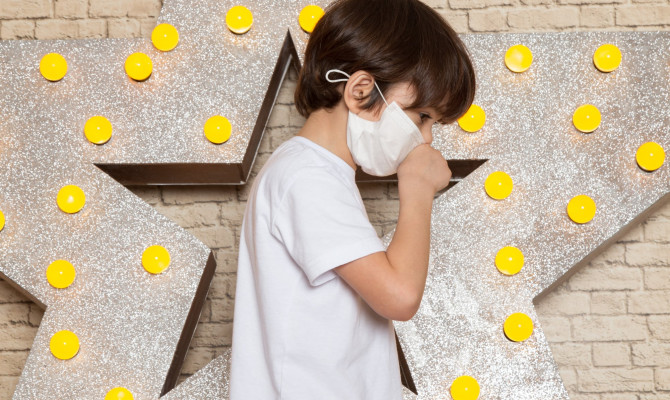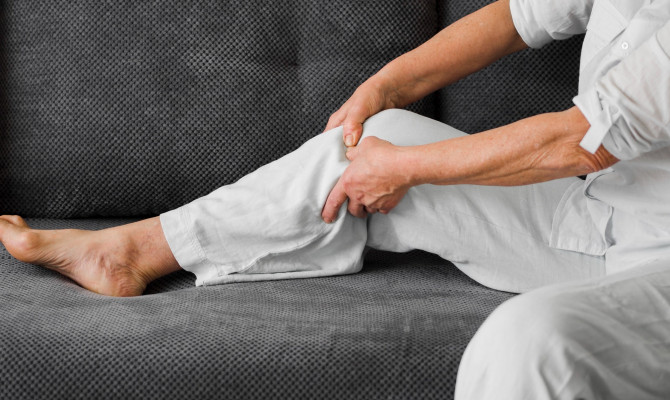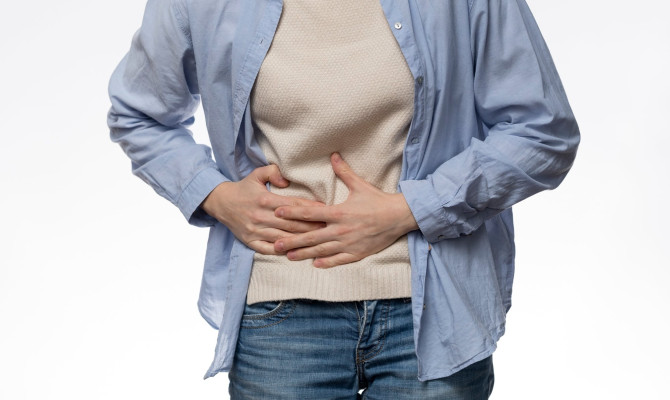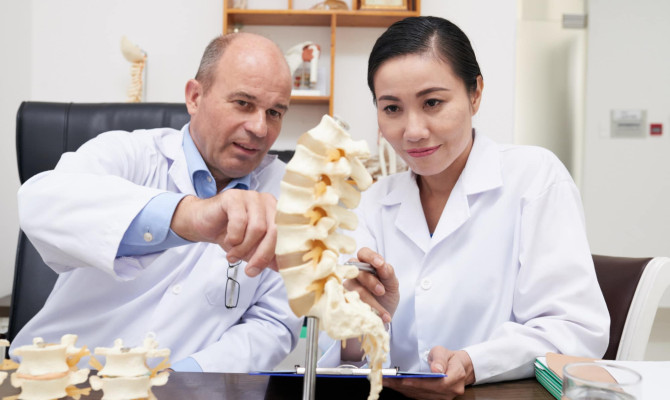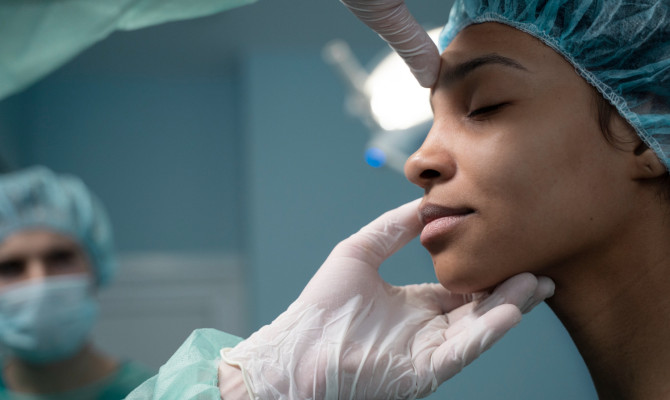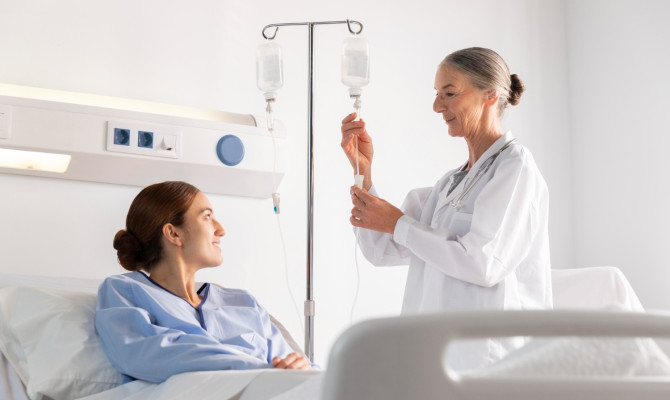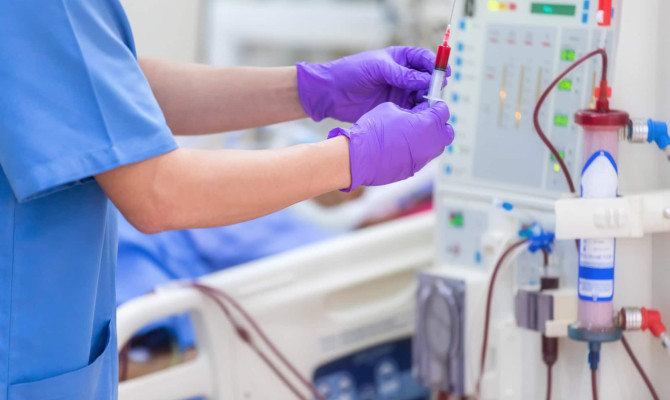Understanding Rectal Prolapse: Symptoms, Causes, Treatment and Prevention

- Rectal Prolapse
- 22 Aug 2023
Overview
What is Rectal prolapse?
Rectal prolapse is the condition when the rectum protrudes through the anus. Rectal prolapse can be mild as well as severe. Mild cases are managed with medications, while severe cases need surgery.
Rectum is the final part of the large intestine where the stool is temporarily stored, and the anus is the outlet through which stool is excreted out of the body.
Rectal prolapse is not immediately severe but can cause complications over time. It is generally uncomfortable and causes embarrassment in most people. Rectal prolapse might cause severe pain in some cases. Rectal prolapse is rarely fatal.
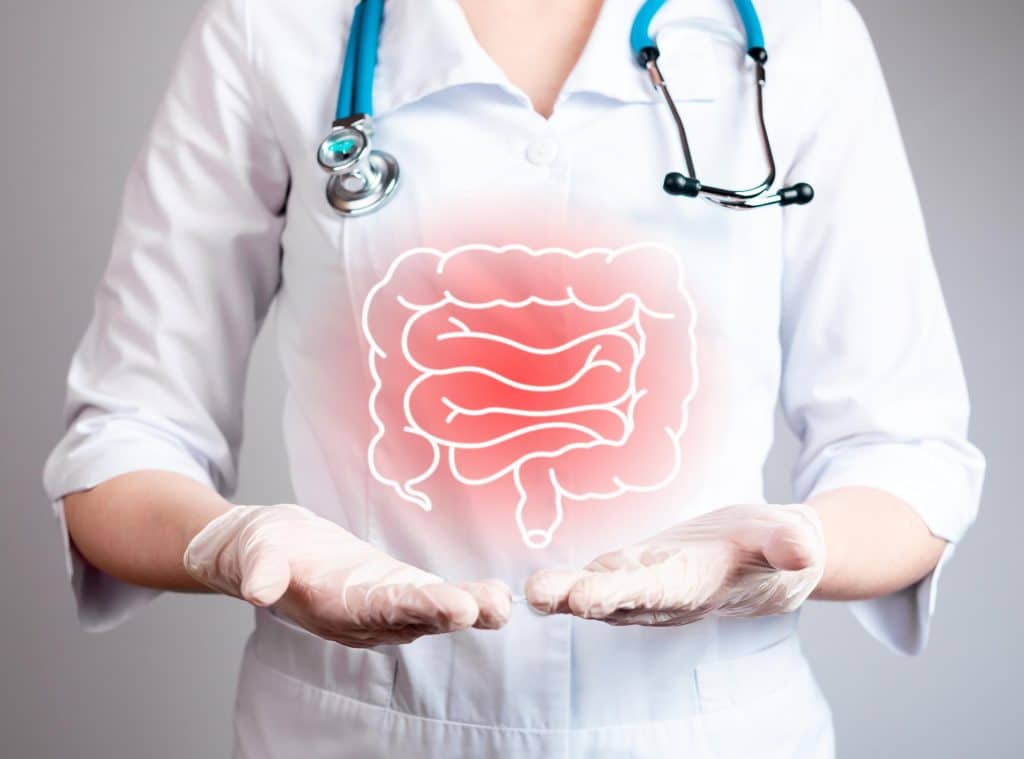
Fast Facts on Rectal Prolapse
- Rectal prolapse is visible only with progressive time
- Rectal prolapse can affect people of any age, but it is more widespread in older women, young adults, and children
- The prevalence of rectal prolapse is 0.5% of the universal population 1Overview| Researched based study from Sciencedirect.com
Types
Types of Rectal Prolapse
The types of rectal prolapse based on rectal movement are as follows:
- Partial prolapse
- Internal prolapse (incomplete prolapse)
- Complete prolapse (full-thickness rectal prolapse)
Partial prolapse
- A fraction of the rectum has protruded through the anal opening
Internal prolapse (incomplete prolapse)
- The rectum starts to move out of the position but has not protruded out of the anus.
Complete prolapse (full-thickness rectal prolapse)
- The entire rectal wall comes out through the anal opening 2Types| Researched based study from Sciencedirect.com
Symptoms
Symptoms of Rectal prolapse
Rectal prolapse symptoms come gradually with time.
- The initial symptom is swelling at the anus, and people might feel like sitting on some circular object.
- At the start of rectal prolapse, a portion of the rectum hangs out during fecal passing, but one can push it back; or get back naturally.
- With time, physical work out such as exercising, walking, and running can even cause the rectal part to hang out through the anus.
Other associated symptoms of rectal prolapse are as follows:
- Anal soreness
- Anal itching
- A feeling of pressure in the anus and uneasiness
- A sense of partial bowel movement
- A red fleshy part hangs out of the anal opening
- Leakage of poop and mucus from the anus
- Bleeding from the rectum’s internal lining
- Difficulty controlling bowel movements as well as gas 3Symptoms| Researched based study from Nlm.nih.gov
Symptoms needing immediate medical attention
- Fecal incontinence (Lack of control)
- Incomplete bowel movements
- Abdominal pain and uneasiness
- Mass protruding through the anus
- Fever and profuse bleeding 10Symptoms| Researched based study from Nlm.nih.gov
Causes
Causes of Rectal Prolapse
The various health conditions that cause rectal prolapse are as follows:
Chronic constipation
- Chronic constipation is the difficulty in stool passing for more extended periods. Over-straining during bowel movements for several years makes the rectum more likely to slip down from its location, causing rectal prolapse.
Weakened anal sphincter
- A weakened anal sphincter is the weakness of the muscles in and around the anus that helps in anal opening and closing. The muscles are responsible for controlling the stool passing through the rectum.
Some of the usual reasons for a weakened anal sphincter are as follows:
- Aging
- Pregnancy
- Childbirth
- Chronic straining
- Diarrhea
Nerve damage
Rectal prolapse occurs due to nerve destruction that controls the anal and rectal muscles. The nerve damage might sometimes happen during the following health issues:
- Pregnancy
- Complicated vaginal birth
- Pelvic (area below the abdomen) surgery
- Spinal damage
- Multiple sclerosis(an ailment of the brain and spinal cord)
Rectal prolapse in children
Some frequent causes of rectal prolapse in children are as follows:
- Underdevelopment of the pelvic muscles
- Diarrhea
- Inflammatory bowel disease 4Causes| Researched based study from Nlm.nih.gov
Diagnosis
Diagnosis of Rectal prolapse
The doctor will initially ask about the patient’s medical history and the symptoms experienced. Then he will conduct a thorough physical examination that includes inserting a lubricated, gloved finger into the anus to examine the strength of the anal sphincter. He might ask you to sit on your heels and strain like in the toilet during the examination.
Following the physical exam doctor might order the following tests:
Barium enema
- It is a type of X-ray that takes pictures of the rectum, colon, and anus. During the procedure, the doctor inserts a white liquid called barium into the rectum.
Anorectal manometry
- Anorectal manometry determines how well the rectal and anal muscles work to eliminate the stool.
- To perform the test, doctors insert a small tube with a balloon at its end into the rectum, and the pressure within several areas of the rectum is measured.
Anal electromyography
- It is a test to determine whether the anal muscles and rectal nerves are working appropriately.
- In this technique, the doctor inserts electrodes inside the rectum to perform the test.
Defecography
- The doctor uses MRI (magnetic resonance imaging) or X-ray to check the interior muscles and colon during defecation.
Colonoscopy
- It is a procedure to examine the interior part of the colon visually.
- The doctor puts a narrow tube with a camera into the rectum during the procedure.
Transit study
- It is a test to determine how fast food passes through the gut.
- Before the test, the doctor asks the patients to swallow capsules containing markers that are visible on an X-ray. Then patients go for one X-ray each day for the next five days.
Other examinations
- It includes a gynecological or urological (urinary tract) examination to check if there are weak muscles in the uterus or other organs 5Diagnosis| Researched based study from Nlm.nih.gov
Risk Factors
Risk factors of Rectal prolapse
Conditions that increase the risk of rectal prolapse are as follows:
- Women over 50 years
- Spinal cord problem
- Persistent constipation
- Chronic diarrhea
- Dementia (memory problem)
- Stroke (rupture of the brain’s blood vessels)
- Hysterectomy (surgical removal of the uterus)
- Cystic fibrosis (an inherited disorder that causes thick mucus accumulation in the organs) 6Risk factors| Researched based study from Nlm.nih.gov
Complications
Complications of Rectal Prolapse
Rectal prolapse may causes:
Fecal inconsistency
- People with the condition lose control of passing gas and bowel movements.
Recurring prolapse
- People who have undergone rectal prolapse surgery may have prolapse again shortly. So one must adopt proper diet and lifestyle changes, such as high-fiber foods and drinking plenty of water
Solitary rectal ulcer syndrome
- Solitary rectal ulcer syndrome is an unusual disorder characterized by ulceration in the rectal mucosa that is hanging out. The complication frequently resolves with surgery.
Strangulated prolapse
- Strangulated prolapse is an unusual fatal condition and occurs due to the absence of blood supply to the protruded rectal part. It causes cell death and decay. It is painful and requires an immediate surgical operation. It usually occurs if rectal prolapse is left untreated 7Complications| Researched based study from Nlm.nih.gov
Treatment
Treatment of Rectal Prolapse
Non Surgical approach
- Doctors often recommend stool softeners for mild rectal prolapse to help patients strain less during defecation and prevent the symptoms from worsening.
- However, for severe rectal prolapse, surgery is the only option. Surgeons carry out surgery either on the area around the anus or through the abdomen.
Surgical approaches
Rectal (perineal) repair
Rectal repair restores rectal prolapse through the perineum, i.e., the area between the genitals and anus. It is recommended only for patients with severe constipation and for whom laparoscopic procedures through the stomach are also not feasible.
Rectal repairs of two types:
Delorme procedure
- The Delorme procedure is for shorter prolapse. It removes the outer rectal lining and folds and stitches the muscle layer.
Altemeier procedure
- Altemeier procedure is for full-thickness rectal prolapse.
- The surgeon removes a portion of the protruded rectal part and then reattaches the remaining rectum to the colon.
Abdominal repair (abdominal rectopexy)
- It is a laparoscopic procedure in which the surgeon makes minor cuts in the lower abdominal area. He then pulls the rectum upwards and stitches it to other body structures to hold it back in the correct place 8Treatment| Researched based study from Sciencedirect.com
Prevention
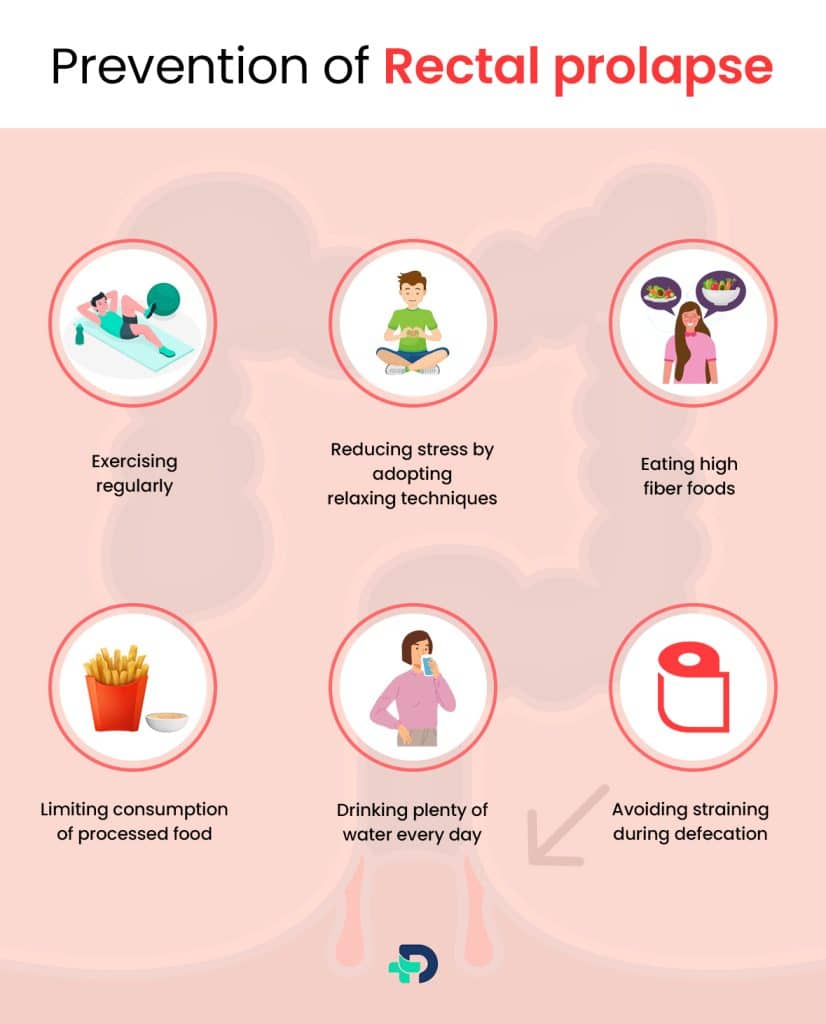
Prevention of Rectal prolapse
One cannot prevent rectal prolapse completely. However, some practices to reduce the rectal prolapse risk and maintain good gut health and avoid constipation are as follows:
- Exercising regularly
- Reducing stress by adopting relaxing techniques
- Drinking plenty of water every day
- Eating high fiber foods viz; vegetables, fruits, beans, and bran
- Limiting consumption of processed food
- Avoiding straining during defecation 9Prevention| Researched based study from Sciencedirect.com
Vs Hemorrhoids
Rectal prolapse Vs Hemorrhoids
- Rectal prolapse & Hemorrhoids are both painful conditions in the rectum.
- In Rectal prolapse, the rectum shifts from the original position and might cause bleeding. While in hemorrhoids, the blood vessels in the anus or rectum wall become enlarged with soreness and itchiness and might sometimes bleed when wiped with tissue paper 11Vs Hemorrhoids| Researched based study from Sciencedirect.com
Takeaway
Key Takeaways
- Rectal prolapse is a painful condition that is quite embarrassing at times.
- Treatment options are available, including medicine and surgery
- Most people with rectal prolapse surgery recover completely. The time required for recovery depends on the person’s age, health condition, and treatment type.
- The surgery requires a hospital stay for a few days; most recover within a few months. Post-surgery care after rectal prolapse surgery is a must which includes avoiding heavy lifting for around six months, drinking enough water, and consuming a high fiber well-balanced diet.
- One with rectal prolapse symptoms must consult the doctor as early as possible to get on-time treatment and avoid unexpected complications
Any feedback on this article?
 This Articles content was accurate
This Articles content was accurate Very Informative Article
Very Informative Article I have a question or a comment
I have a question or a comment
 This article contains inaccurate content
This article contains inaccurate content This article was not helpful
This article was not helpful I have a question or a comment
I have a question or a comment
We appreciate your helpful feedback!
Checkout our social pages
References
-
Science Direct
Rectal Prolapse - an overview | Overview
-
Science Direct
Rectum Prolapse - an overview | Types
-
National Library of Medicine
Rectal Prolapse | Symptoms
-
National Library of Medicine
Anorectal Disease: Rectal Prolapse | Causes
-
National Library of Medicine
Rectal prolapse: Diagnosis and clinical management | Diagnosis
-
National Library of Medicine
Risk factors and clinical characteristics of rectal prolapse in young patients | Risk factors
-
National Library of Medicine
Complications after rectal prolapse surgery | Complications
-
Science Direct
Treatment of rectal prolapse | Treatment
-
Science Direct
Complete Rectal Prolapse - an overview | Prevention
-
National Library of Medicine
Evaluation, Diagnosis, and Medical Management of Rectal Prolapse | Symptoms
-
Science Direct
Hemorrhoid - an overview | Vs Hemorrhoid












